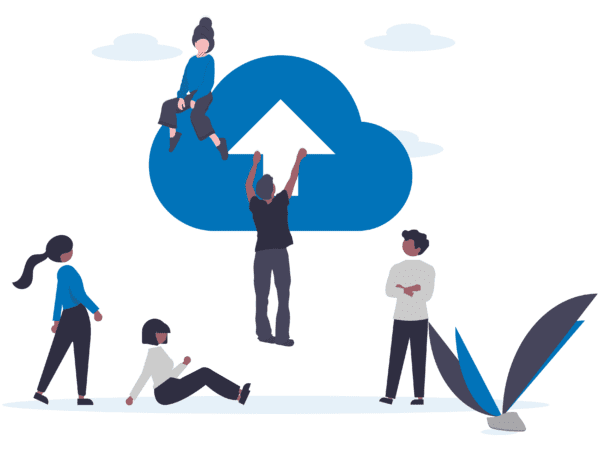McKinsey: Revisiting Agile teams after an abrupt shift to Remote
Agile teams traditionally excel when their members are co-located. Here’s how to ensure they’re effective now that COVID-19 has forced them to work remotely.
As organizations adapt to the ongoing COVID-19 crisis, their agile teams can be a real source of competitive advantage. Such teams are typically well suited to periods of disruption, given their ability to adapt to fast-changing business priorities, disruptive technology, and digitization.
But the abrupt shift to remote working in response to the coronavirus has challenged the typical approach to managing agile teams. Traditionally, such teams thrive when team members are co-located, with close-knit groups all working in the same place. Co-location allows frequent in-person contact, quickly builds trust, simplifies problem solving, encourages instant communication, and enables fast-paced decision making. And while we know from experience that agile teams that have worked remotely from the start can be as effective, the sudden transition of co-located teams to a fully remote approach can reduce cohesion and increase inefficiency.
The good news is that while it takes real work, much of what leads agile teams to lose productivity when they go remote can be addressed. In fact, if the necessary technology is in place, a talented remote team can deliver just as much value as co-located teams. Assuming a firm’s IT function will handle the organization’s technology, we’ll focus here on the kinds of targeted actions agile leaders can take to sustain their people and culture and recalibrate their processes.
Read the entire article here.
Authors: Santiago Comella-Dorda, Lavkesh Garg, Suman Thareja, and Belkis Vasquez-McCall.



